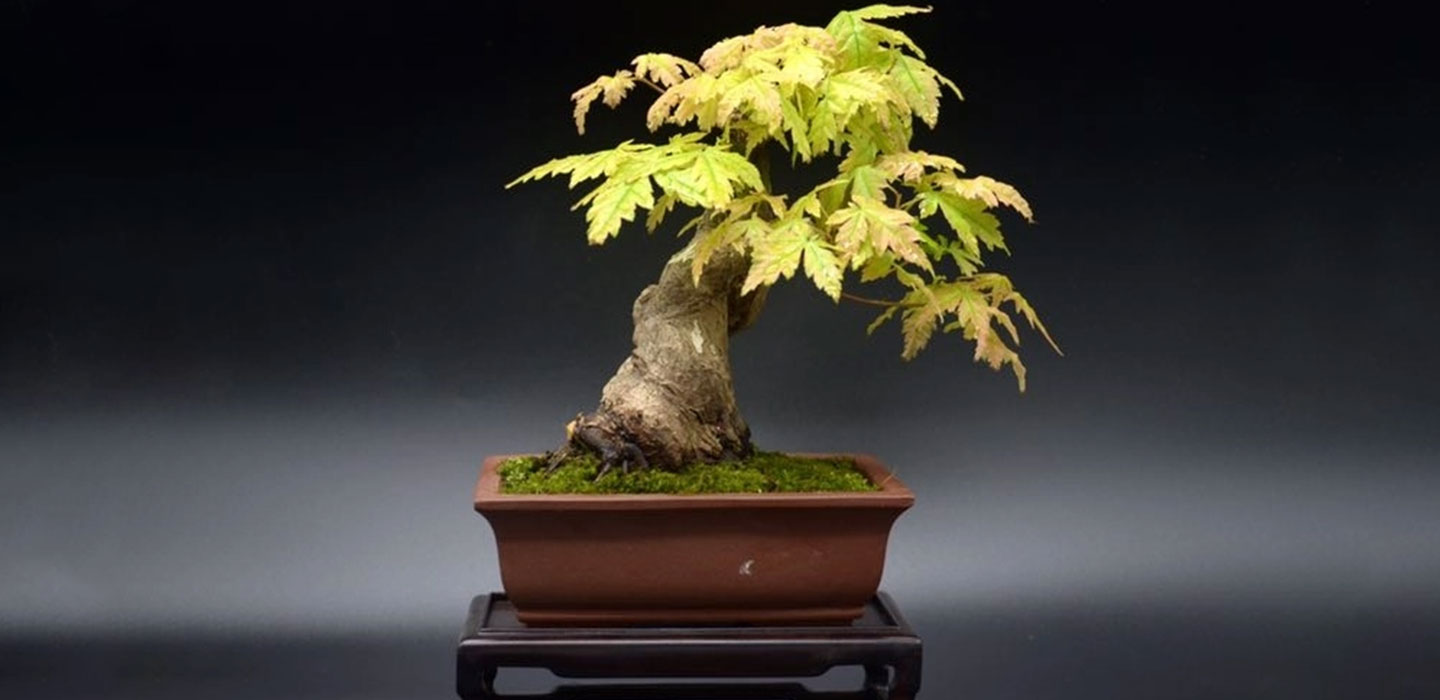
Bonsai: A Story of Patience, Perseverance and Perfection
Green China, Culture and Traditions
播放影片
Summary
How the magnificence of the natural world inspired the creation of the now globally popular and beautiful miniature ornamental trees.
Script
Bonsai literally means “tree in a pot” and the art of growing these miniature trees originated during the Han and Qin dynasties of the early centuries AD.
In the magnificent Tomb of Tang Dynasty Prince Zhang Huai, who died in 706 AD, there are superb murals which cover the walls and depict life during that time. Two of these paintings, discovered in 1972, show servants carrying miniature rockery landscapes with small plants in shallow dishes. and this is the earliest documented proof of bonsai. The technique developed during a time of considerable wealth of art, architecture and gardens, when miniature trees were considered a great luxury and often given as gifts.
Bonsai trees are cultivated in a shallow pot or container and can be just a few centimeters in height, to up to 2 meters tall. Inspired by nature, bonsai is also known as penjing, an amalgamation of the two Chinese words meaning pot and scenery.
The idea originated from the concept that small-scale reproductions of elements from the natural world, such as a tree or mountain, allowed the object great potency; the smaller the replica, the more magical it was believed to be.
Originally Bonsai was only practiced by the elite of ancient China and the earliest specimens in pots are thought to have been highly unusually-shaped trees from the wilds.
They were considered sacred because the contorted wood could not be used for carpentry or any other practical application. The curved and twisted forms of the trunks and branches evoked images of yoga postures, and the act of shaping, clipping and adding new elements to the tree was a contemplative and harmonious practice, lifting the spirit.
But how are these magisterial, miniature trees created? I asked one of the leading UK Bonsai specialists, Louis Hawksby, to enlighten me. The trees and shrubs always begin life in the ground; they need to develop normally in order to get the width, as the branches near the base of the bonsai must be thick and the ones nearer to the top should be thin. Once the tree begins to look mature, which can take up to 50 years, it must be taken out of the earth and the top is cut off. This process makes the tree grow outwards rather than upwards, and it’s at this point that the clipping and refining begins, which can also take a further 2-3 years. It’s a process that never finishes as of course the shrub is a living thing and needs constant shaping in order to remain a work of art. No wonder Bonsai can fetch such large sums of money and are revered!
The overall unity of the pot is essential as the Chinese value the balance of yin and yang. The container itself is as important as the contents, which must also reflect a harmonious relationship between size, species, shape and color of the tree.
There are many Bonsai growers throughout China and one of finest parks in all of southern China is The Humble Adminstrator’s Garden. Situated in the waterside City of Suzhou in South China, it contains over 150 Bonsai gardens and is a World Cultural Heritage site.
Bonsai trees are firmly rooted in Chinese culture, symbols of unity and heritage alike. All this thinking about them makes me want to find one for myself! And, next time you’re in a florist or at a flower show, perhaps you might wish to do the same.
